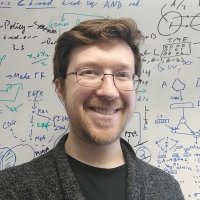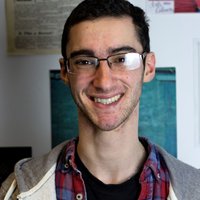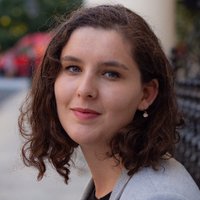
Matthew A. Clarke
@matthewacl31706
Computational biologist and mechanistic interpretability researcher. For more find me at:
maclarke.bsky.social & mclarke1991.github.io
ID: 1869310396794028032
https://www.linkedin.com/in/matthew-alan-clarke/ 18-12-2024 09:16:03
20 Tweet
25 Followers
211 Following

NEW Perspective! MA Clarke & J Fisher discuss how executable computational cancer models can be used to represent dynamic biological behaviours inherent in cancer & how they can help in precision medicine. 😎 go.nature.com/3cRDOC3 UCL Cancer Institute UCL Faculty of Medical Sciences UCL News Cancer at Nature Portfolio



Excited to see this work from my postdoc in the Fisher Lab UCL Cancer Institute out. In this project we combined a computational model of #melanoma and immune cells to understand the early stages of immune surveillance.

I was very happy to be able to present the first results from my work within Wellcome Leap Delta Tissue Program.

Really excited to share my PhD work with the Secrier lab which has just been published in Genome Medicine, exploring homologous recombination deficiency in multi-scale and its links with drug response and the TME! genomemedicine.biomedcentral.com/articles/10.11… Maria Secrier UCL Genetics Institute UCL Cancer Institute

Thrilled to share the first research paper from my PhD, out today! Here we use agent-based simulations to shed light on how cells behave during the very first stages of lung cancer initiation. Thanks so much to Clare Weeden, Philip Pearce, (1/2) royalsocietypublishing.org/doi/10.1098/rs…


New preprint out! 🚨 Sumana Sharma, Evangelia Petsalaki & I explored the surprising effects of ARID1A KO in melanoma using network-based multi-omics. Interesting findings on signaling & drug resistance! Check Evangelia Petsalaki's tweetorial or read here: biorxiv.org/content/10.110…

Very excited to announce a new paper—Cultural Evolution of Cooperation Among LLM agents—coauthored with Edward Hughes We study whether LLM agents can develop cooperative norms when interacting with each other, and find considerable differences across models.

